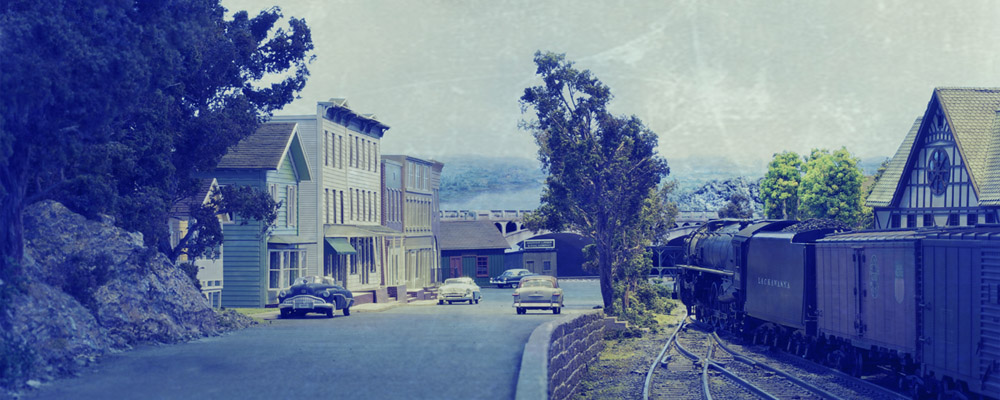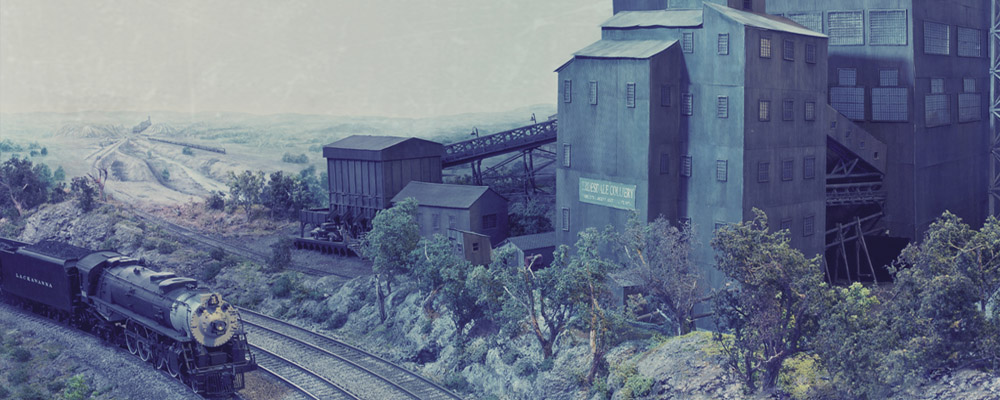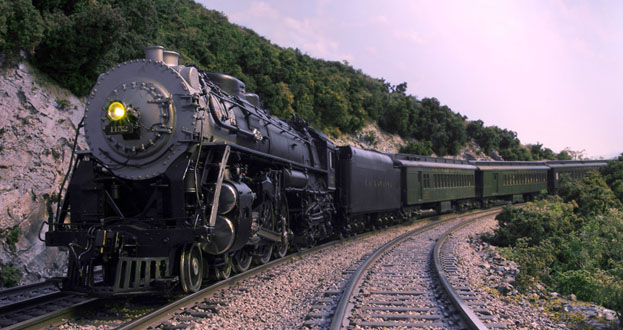

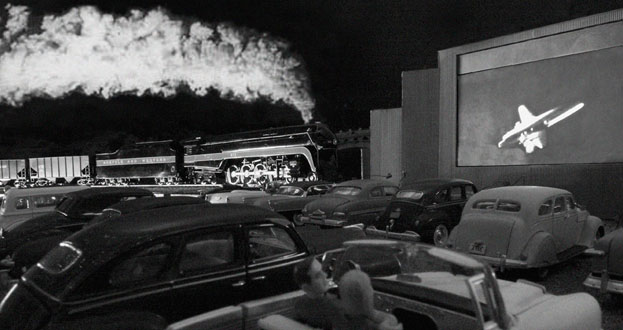
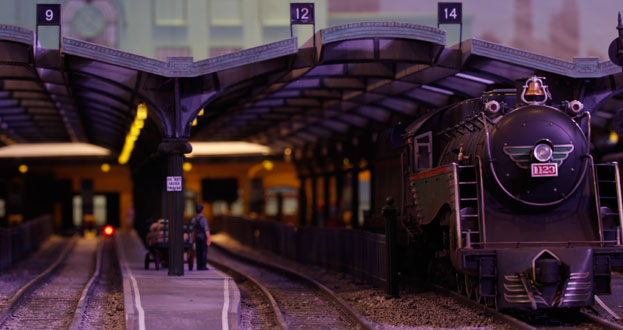
The year 1952 was a major turning point in the railroad industry. The transition from steam to diesel was proceeding at a rapid pace, and those beautiful steam engines, with their poetic whistles and dramatic smoke plumes, were soon to disappear.
They were being replaced by the far more efficient but less artistic diesel engines produced by General Motors and others....
The introduction of electric locomotives at the turn of the 20th century and later diesel-electric locomotives spelled the beginning of the end for steam locomotives, although that end was long in coming.The full changeover took place there during the 1950s.
In North America large-scale electrification had displaced steam power by the 1970s
Steam engines have considerably less thermal efficiency than modern diesels, requiring constant maintenance and labour to keep them operational.Raising steam from coal took a matter of hours which brought serious pollution problems.
Finally, the smoke from steam locomotives was deemed objectionable; in fact, the first electric and diesel locomotives were developed to meet smoke abatement requirements.
For the Northeastern railroads this was exacerbated by the accelerated decline of the anthracite or hard coal business, the mainstay for seven "Anthracite" railroads.


